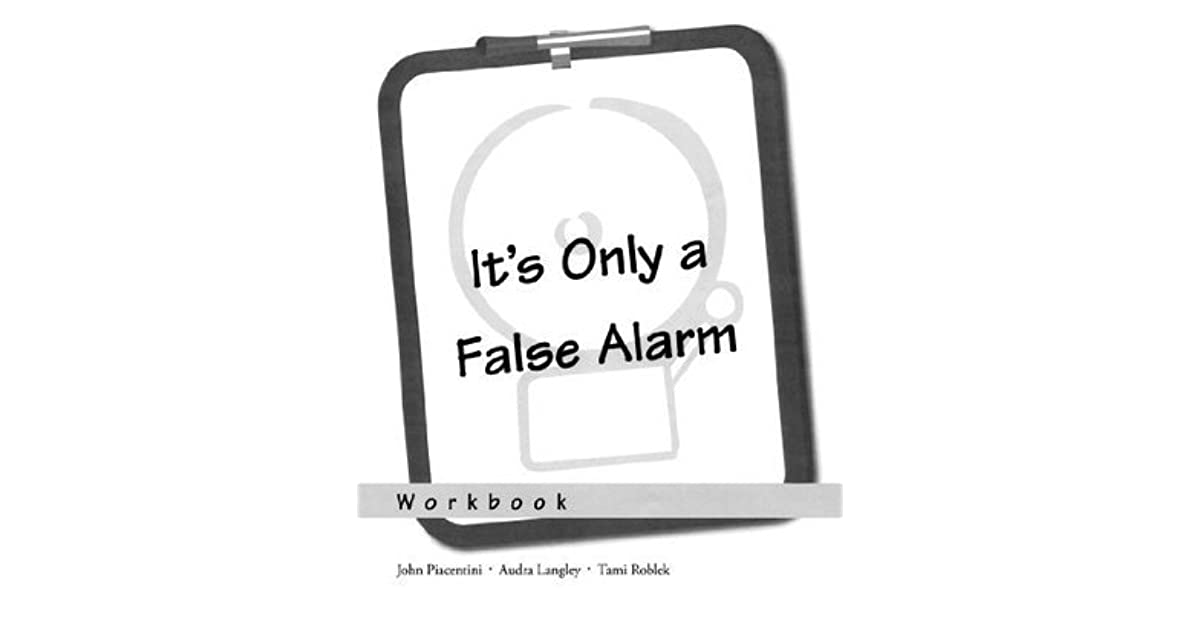It is normal for children to worry at times, however when their anxiety or worrying becomes excessive (i.e., more days than not) and the child has trouble stopping the worries, it may be important to get help.
Generalised Anxiety Disorder (GAD) in children (sometimes called ‘Over-anxious disorder of childhood’) is a condition where children worry a lot of the time about future or past events or situations. These children worry about many areas of life, such as school and sporting performance, the family’s financial situation, exams, social events, health and safety of themselves and/or others, and world events (e.g., war, natural disasters). They are often described as “worriers” or “worry warts” and can often be overlooked because they are generally very conscientious, rarely get into trouble, and are generally eager to please others. It can be hard to know that some children are constantly worrying, as they may not show this openly.
Although generalised anxiety may develop in preschoolers, it normally emerges when the child reaches school age and starts to take on greater responsibility. When children reach the age of 8 years they start to gain a greater understanding about death and mortality, and this is therefore a common time that children develop generalised anxiety disorder.
Common signs of constant worrying in children
- Fear of new or unfamiliar situations or any situation in which there is little predictability
- Often dislike spontaneity and having plans changed, particularly when these are last minute
- Don’t like trying new activities and may appear over cautious compared to other children
- Fear of making mistakes or needing to get things ‘right’, e.g. needing to be on time
- Worrying about things before they happen and asking lots of questions to seek reassurance – e.g. “What if X happens?”
- Regular physical complaints, such as headaches, stomach aches, diarrhoea and may frequently visit the school sick bay or refuse to go to school due to feeling unwell
- Distress about missing school or other important events
- Often take on too much responsibility for negative events occurring in their life and may feel they can prevent these events from happening by worrying
- Restlessness, feeling keyed up and on edge, unable to unwind, particularly before bedtime as they will likely be worrying about the events of the following day
- Problems sleeping
- Daydreaming throughout the day, difficulties paying attention at school
- Irritability, fatigue
- Muscle aches or tension
Parents of an over-anxious child may find that when their child hears about negative events (e.g., a natural disaster on the news) they become quite distressed about the chances of the event occurring to them and their family. It is also common for these children to think about events long after they occur. For example, the child might want to continually discuss a disagreement at school weeks after its occurrence to seek reassurance that they did the ‘right’ thing. It is also not uncommon for over-anxious children to use lucky charms and wear special clothes and objects to help them feel ‘safe’, particularly in feared or unfamiliar situations.
Treatment for child anxiety
Research shows that the gold standard treatment for generalised anxiety disorder in children is Cognitive Behavioural Therapy (CBT). This is the treatment that our child clinical psychologists use as well as other strategies such as Mindfulness. This generally includes education and techniques for the child and parents. It also often involves working with teachers as well to facilitate and reinforce strategies learnt during therapy. Treatment is tailored to the individual needs of the child and their presentation; however the main components of therapy generally include the following:
Education about anxiety/worry:
The child and parent(s) are helped to understand: (i) what anxiety/worry is, including its function and nature; (ii) what anxiety feels like in the body; and (iii) how anxiety can change the way we behave.
Feelings and thoughts:
The child is taught about the link between feelings and thoughts and identifying some of the common thoughts that might make them anxious. Learning to think in a more helpful, realistic and less anxious way.
Arousal and behaviour management:
Learning relaxation (deep breathing, mindfulness) and coping strategies to manage worry is an important part of anxiety management. This also involves learning about modelling coping behaviours, learning how to effectively problem solve and direct their attention to other things apart from worry, and using rewards and behaviour charts to encourage brave behaviour.
Behavioural experiments:
The child is helped to gradually face their fears (e.g. purposely making mistakes or doing brave things) using a step-by-step approach. Children learn how to sit with their anxiety and practice learned coping strategies. They also learn that their fears often do not come true or are not as bad as they predicted. Each step is practised frequently and consolidated before moving on to a more difficult step. This technique also involves gradually reducing the child’s ‘safety’ behaviours which are things the child does to feel safe in the moment but actually keep the anxiety going in the long-term (e.g. reassurance seeking; asking lots of questions; using lucky charms).
The treatment at our clinic for child anxiety is a cognitive-behavioural approach that is very similar to the “Cool Kids” program developed by Macquarie University.
Our clinical psychologists only use evidence-based treatments for anxiety in children. If you would like to find out more about our treatment for generalised anxiety disorder or worry in children, or to book an appointment with one of our child clinical psychologists who provides treatment for this condition, please email or call the clinic on 02 9438 2511.


